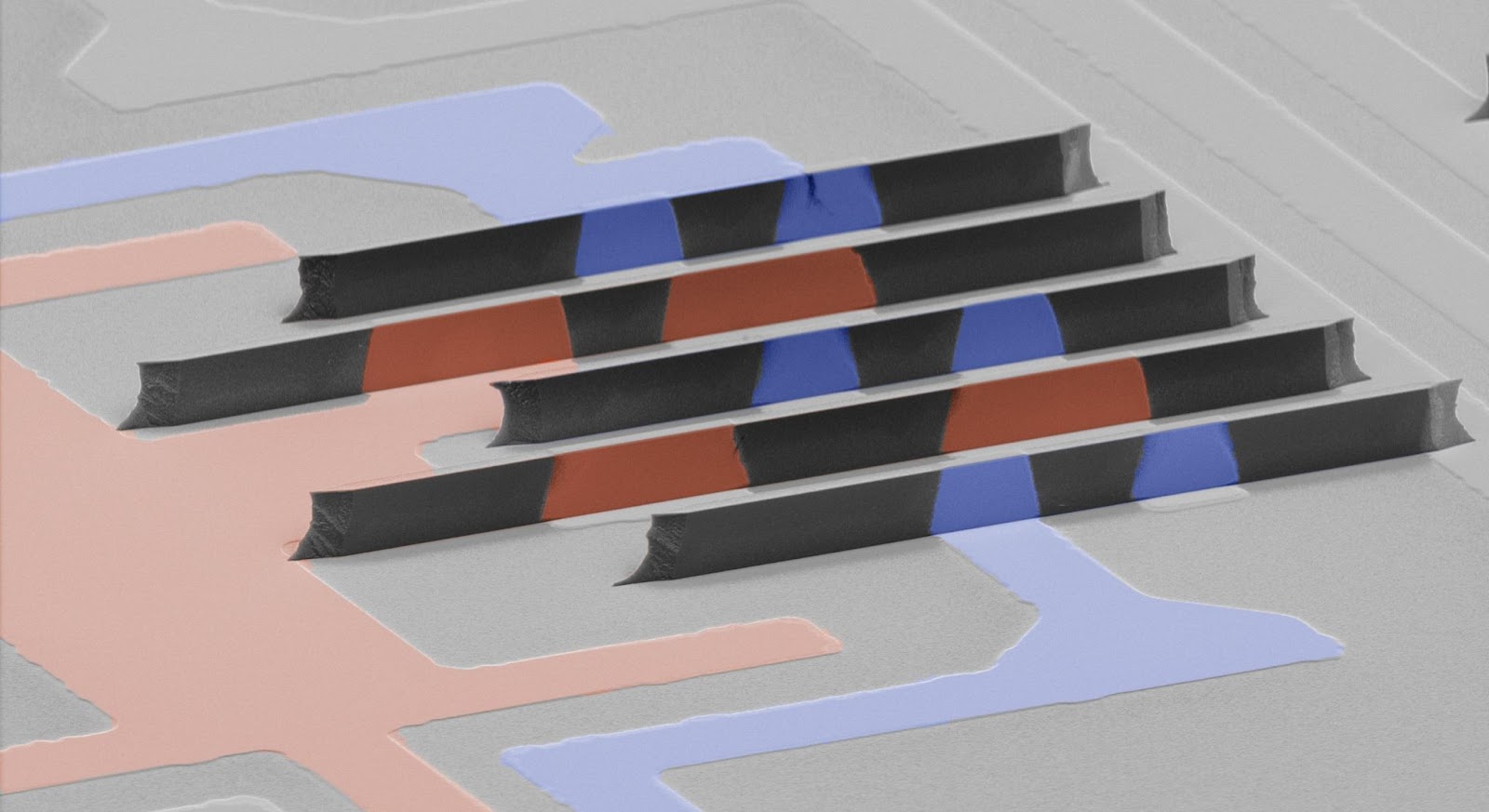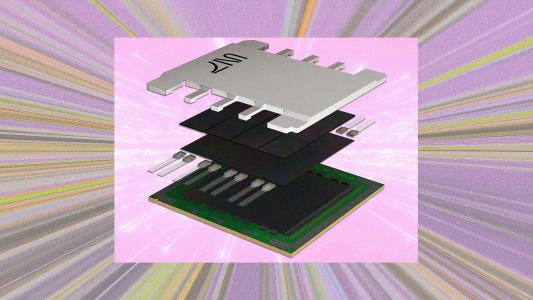This article is an installment of Future Explored, a weekly guide to world-changing technology. You can get stories like this one straight to your inbox every Thursday morning by subscribing here.
For decades, most electronic communication relied on wires.
Telegraphs sent messages over wires. Telephones converted voices into electrical signals that could be sent down wires. The early internet used the same telephone wires to transmit data, before transitioning to faster wire-like cables, like fiber optics.
Today, though, wireless is increasingly taking over.
Inside your phone and computer is tech that converts data into radio waves. The data is then relayed to its destination over the air, using WiFi routers, cell towers, and satellites. (From those wireless access points, of course, data is still funneled through the cables that form the skeleton and backbone of the internet.)
Today, there are an estimated 17 billion internet-connected devices.
This freedom from wires, at least in the “last mile” of data, has transformed the world in just the last couple decades — no need for a dedicated “computer room” in your house anymore or hoping you have change for a payphone if you need to make a call on the go.
It’s also made it possible to connect a lot more tech to the internet — today, there are an estimated 17 billion internet-connected devices, ranging from phones and watches to smart toilets and autonomous cars, and the number is expected to nearly double by 2030.
What’s the frequency?
If we were still relying on wires, the world would be nothing but a giant rat king of cables — but it’s actually starting to get difficult to manage all of these radio waves carrying data through the air, too.
That’s because radio frequency bands can become congested.
If you’ve ever suffered from slow WiFi because too many people were on the router, you already know that this can be annoying, but it could become a much bigger problem if we have thousands of autonomous cars on the roads and they start experiencing connectivity problems. Last August, several Cruise robotaxis caused a massive traffic jam when they shut down after losing wireless connectivity.
“We’re starting to reach the maximum amount of data we can move efficiently.”
Roozbeh Tabrizian
Allowing our devices to send data across more frequencies is the obvious solution to this problem — it’d be like adding extra lanes to a constantly congested highway to reduce traffic.
The problem with that is that our devices use tech called “spectral processors” to ensure our wireless radio waves are getting where they need to go as efficiently as possible, with as little interference as possible.
Existing spectral processors are “planar,” or basically flat, and this design limits them to working with a narrow range of frequencies.
“We’re starting to reach the maximum amount of data we can move efficiently,” said Roozbeh Tabrizian, an associate professor at the University of Florida (UF). “The planar structure of processors is no longer practical as they limit us to a very limited span of frequencies.”
Looking up
If we tried to overcome this issue by making planar processors wider, the tech wouldn’t be practical for our devices, so Tabrizian’s team started looking in the third dimension, developing a thicker, 3D spectral processor component, called an “acoustic resonator,” that they say could allow our devices to work with more frequencies.
Rather than being flat, it’s covered in tiny fins, and to create it, the UF team relied on CMOS (complementary metal-oxide-semiconductor) technologies, which are currently used to manufacture electronic circuits for other types of chips.
“By harnessing the strengths of semiconductor technologies in integration, routing, and packaging, we can integrate different frequency-dependent processors on the same chip,” Tabrizian said. “That’s a huge benefit.”

Looking ahead
Tabrizian told Freethink his team will now be working to improve their fabrication process with the goal of decreasing manufacturing costs, reducing their device’s footprint, and extending the range of operational frequencies to include the “millimeter wave spectrum” (a higher frequency band).
If they’re able to bring their 3D resonator to market, it could have a big impact on wireless communication in the future.
“This entirely new type of spectral processor, which integrates different frequencies on one monolithic chip, is truly a game changer,” said David Arnold, associate chair for faculty affairs in the Department of Electrical and Computer Engineering at UF.
“Dr. Tabrizian’s new approach for multi-band, frequency-agile radio chipsets not only solves a huge manufacturing challenge, but it also allows designers to imagine entirely new communication strategies in an increasingly congested wireless world,” he continued.
The big picture
The UF team’s 3D resonator is just one example of how researchers are working to ensure all of our wireless devices will be able to communicate effectively in the future.
Some are exploring the possibility of expanding wireless communication into higher terahertz (THz) frequencies, which have a lot of available bandwidth. Others are looking to expand the use of LiFi, which transmits data over visible and infrared light rather than radio waves.
Ultimately, we’ll likely need to rely on a combination of advances to ensure our billions of wireless devices are each able to send and receive data efficiently — because now that we’ve cut the cord, there’s no way we’re going back to a world full of wires.
We’d love to hear from you! If you have a comment about this article or if you have a tip for a future Freethink story, please email us at [email protected].






